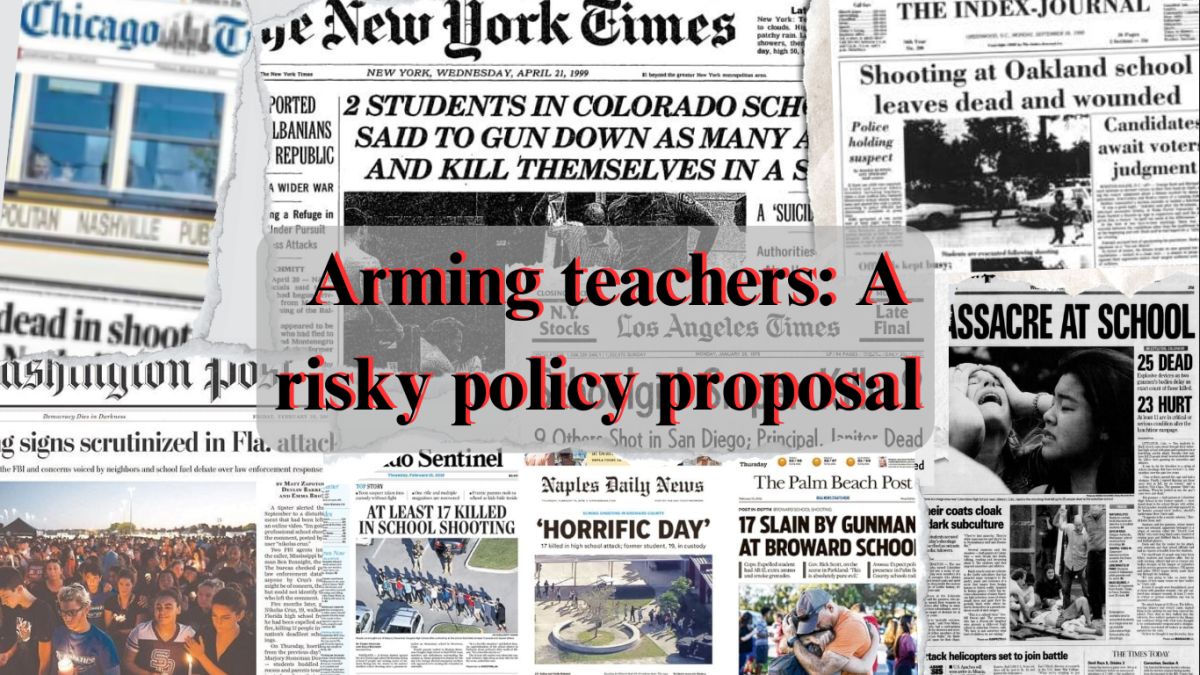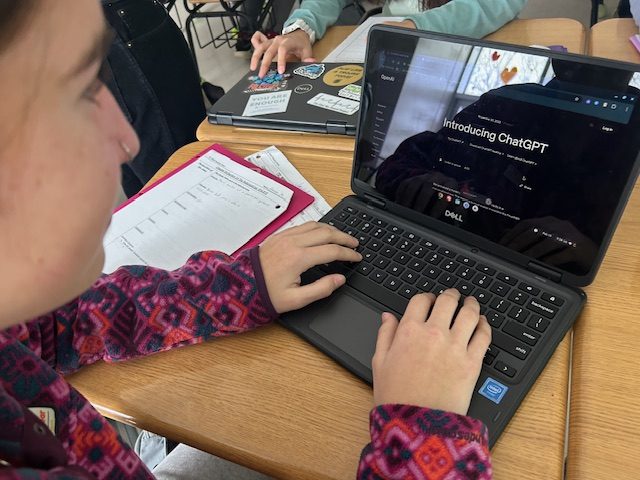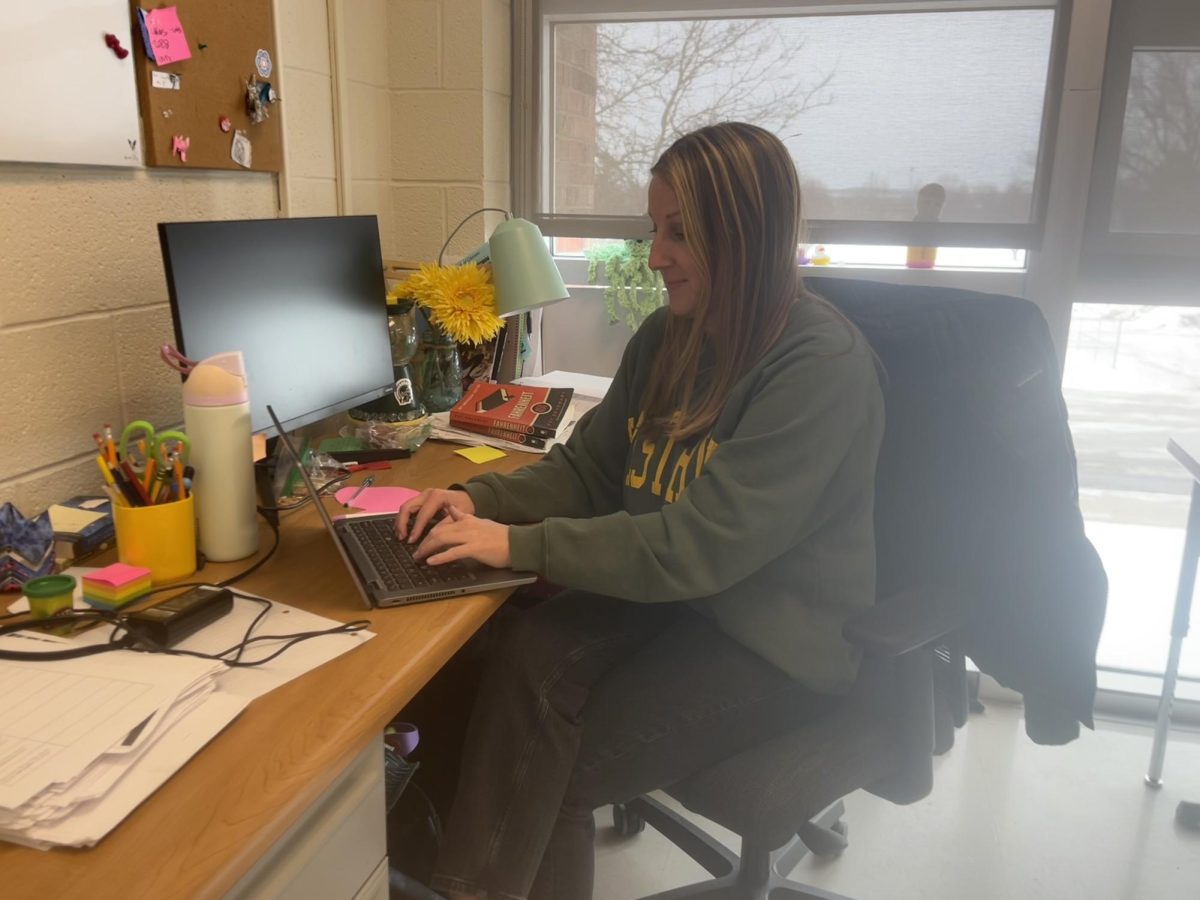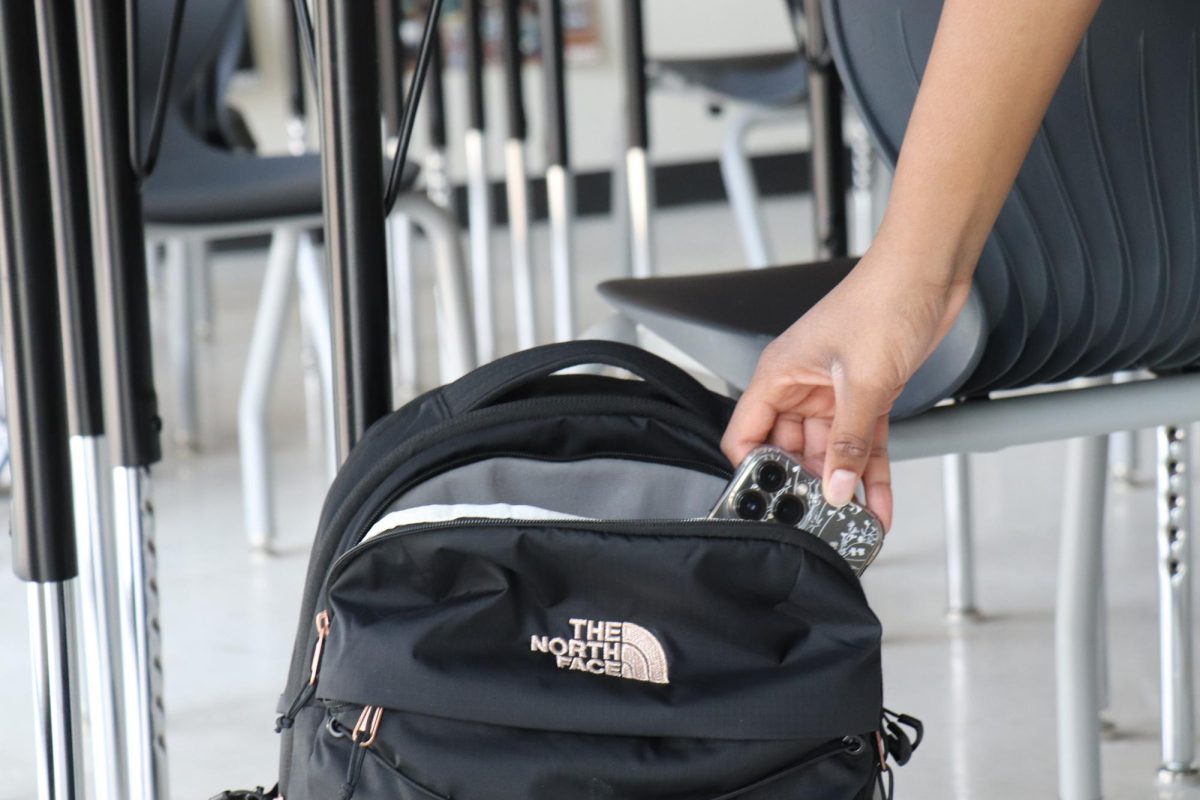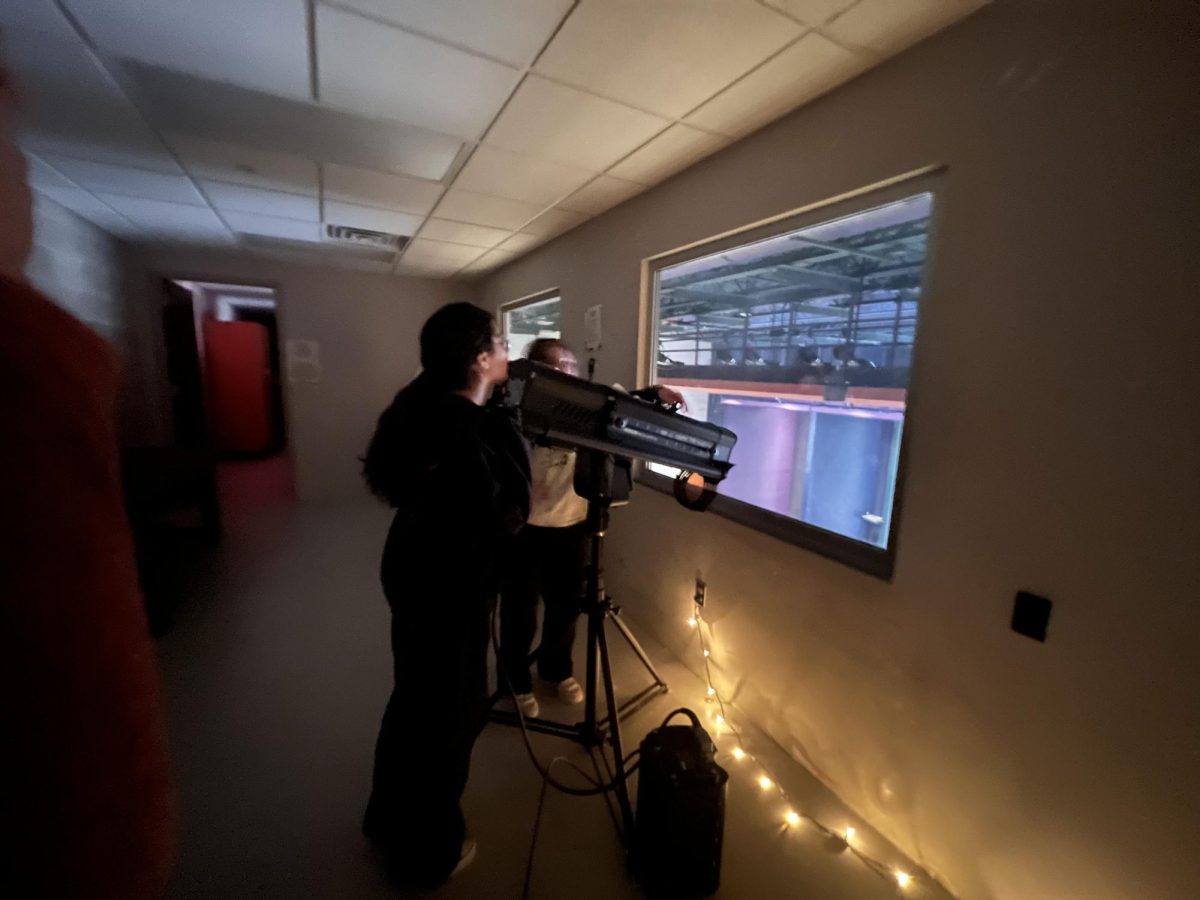Imagine it’s a typical day. You were talking with your friends in the hallway, and are now heading to your class for another day of boring learning. But when you walk into your English class, you look up to see your teacher holding a book in one hand and a gun in the other. This could be a new reality for students all across Iowa, as recently, the Iowa House passed a bill allowing teachers to carry firearms in school. The bill was proposed as a solution to school gun violence, as the teachers carrying guns could be able to stop an armed attacker. Not only would teachers be able to carry guns but, under the bill, they would be granted immunity for unintentional gun damage if it was used under probable cause. However, allowing teachers to carry guns in schools would be disruptive and unhelpful for maintaining a safe learning environment for students.
First, adding guns into schools increases the likelihood of incidents such as accidental discharges, gun-related injuries and death, and gun misplacement. Because like all humans, teachers are prone to accidents. In a study published by the National Library of Medicine, states with stricter gun laws see a 28% decrease in the number of firearm accidents and injuries, showing that with less access to guns, fewer injuries and deaths occur.
Second, in a crisis, it is unrealistic to expect teachers to know what to do when faced with such a high-pressure situation. According to the Iowa Law Enforcement Academy, officers must undergo a sixteen-week course for a total of 636 hours of training. In contrast, teachers would only have to complete one firearm safety course, one in-person legal training, live scenario training four times a year, and communication and medical training once a year. Compared to the amount of training and field experience required of law officers, teachers would not have enough to guarantee they would know what to do in high-pressure situations. The National Library of Medicine shows that even intensely trained police officers have an average hit rate of 18% in a gunfight and a 30% hit rate when gunfire was not returned.
Lastly, it decreases students’ overall trust in educators. Having guns in schools makes the environment feel less safe. Schools are meant to be a safe place for students to go to and teachers play a big part in making students comfortable and building trust. Carrying guns could make school feel a lot more dangerous and unsettling, especially for younger students. West High freshman Lea About Alaiwa ‘27 shares her fears about the bill, stating, “It’s already terrifying to go to school in a country where school shootings happen so often. So having a gun in the classroom would make it feel so much more tense, and it would put the students in so much more fear.”
Opposing viewpoints bring up the fact that it could provide quicker action alternatives apart from waiting for law enforcement. But according to Education week, 21 deaths occurred across the nation in 2023 from school shootings. This is still a substantial amount of violence, but the amount of misuse accidents that would occur from having guns in the building would outweigh the benefits of having them there all the time.
In the end, teachers carrying guns would not help kids feel more safe in schools or help to prevent long-term accidents or injuries. This bill is just a short-term solution that doesn’t cut to the root of the problem. Instead of spending this money towards supplying schools with guns, it would be better spent improving mental help resources across the state. For example, providing more student & family advocates, nurses, and school counselors can be beneficial to a school’s emotional atmosphere. It is important that people feel they aren’t alone and have the resources and people to help and support them. According to a study done by the Secret Service, almost all school shooters show signs of violent or concerning behavior prior to the shooting; if such behavior is identified and helped, incidents can be stopped before they happen.




